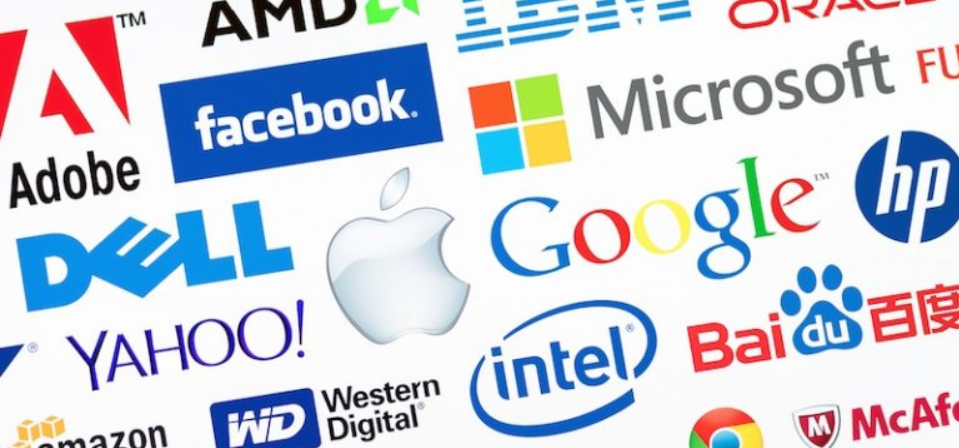What is Money Laundering?
Money laundering is the process of legitimizing money obtained illegally, such as through drug trafficking, bribery, or tax evasion, to make it appear as if it came from legitimate sources. The primary goal is to conceal the true origin of the funds and avoid legal prosecution.
Why is it Called That?
The name dates back to the time of the American Mafia in the 1920s, where dirty (illegal) money was disguised by washing it through businesses like laundromats and restaurants to make it look clean!
How Does Money Laundering Occur? (The Three Stages)
1. Placement
- Goal: To introduce illegal funds into the financial system.
- Methods:
- Breaking large sums into smaller deposits (Smurfing) to avoid suspicion.
- Purchasing checks or cryptocurrencies like Bitcoin.
- Using fictitious businesses such as casinos or jewelry stores.
2. Layering
- Goal: To complicate the tracing of funds through multiple transfers.
- Methods:
- Transferring funds between bank accounts in different countries.
- Investing in real estate or sham businesses.
- Using shell companies in tax havens like the Cayman Islands.
3. Integration
- Goal: To return the “clean” money to the criminal legally.
- Methods:
- Purchasing luxury real estate or legitimate businesses.
- Funding fictitious investment projects.
- Transferring funds through fake bank accounts.
Famous Money Laundering Methods
| Method | How Does it Work? | Real-World Example |
|---|---|---|
| Trade-Based Laundering | Inflating invoices for exports or imports of fictitious goods | A company claims to import overpriced “medical devices” |
| Casinos and Laundromats | Introducing illegal funds as cash profits | A restaurant exaggerates its daily revenues |
| Cryptocurrencies | Transferring funds via Bitcoin then withdrawing in other currencies | Drug cartels via the “dark web” |
| Shell Banks | Establishing banks in countries with weak regulations | The Danske Bank scandal in Estonia |
Effects of Money Laundering on the Economy
- Undermining Investments: Laundered funds compete with legitimate projects.
- Connection to Organized Crime: 90% of drug money is laundered annually (according to the UN).
- Erosion of Trust in the Financial System: As happened in the “Panama Papers” scandal.
How Do Countries Combat Money Laundering?
- International Regulations: Such as the FATF (Financial Action Task Force) which sets anti-laundering standards.
- Obligating Banks: To report suspicious transactions (such as transfers over $10,000 in the United States).
- Artificial Intelligence Techniques: To monitor abnormal patterns (such as 100 small transfers in one day).
Notable Money Laundering Scandals in History
- Danske Bank Scandal (2018): The Danish bank was involved in laundering €200 billion through Estonia.
- Panama Papers (2016): Revealed the use of shell companies by politicians and celebrities.
- 1MDB Malaysian Scandal: Theft of $4.5 billion from a government fund and purchase of jewelry and real estate.
How to Protect Yourself from Being Accused of Money Laundering?
- Avoid Unjustified Cash Transfers.
- Keep Clear Financial Records for any large investment or purchase.
- Do Not Agree to Manage Bank Accounts for Others of unknown identity.
Conclusion
Money laundering is a sophisticated crime that threatens the global economy, but international cooperation and technology are making its detection easier. If you work in finance, be wary of warning signs such as large cash transactions without a clear reason.
🔍 Remember: Behind every sudden wealth… there might be a story that needs scrutiny!



